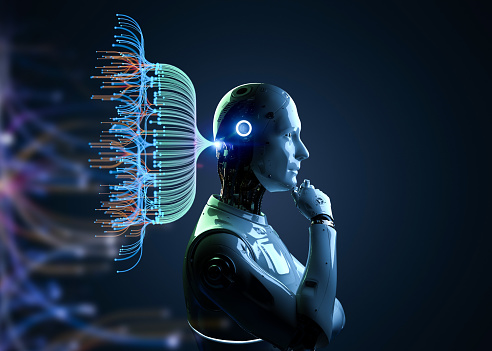
Artificial intelligence (AI) has the potential to revolutionize education in several ways, and could help to address some of the challenges facing the education system today. Here are some ways that AI could save education:
1. Personalized learning: AI-powered education tools can personalize learning to fit individual student needs, abilities, and learning styles. This can help to ensure that each student is challenged and engaged at their own pace, leading to better learning outcomes.
2. Improved assessment: AI-powered assessment tools can provide more accurate and timely feedback to students, allowing them to track their progress and identify areas for improvement. This can also help teachers to identify struggling students and provide targeted interventions.
3. Increased accessibility: AI-powered education tools can improve accessibility for students with disabilities, providing them with tools that can help them to learn and participate in the classroom.
4. Enhanced teacher support: AI-powered tools can help teachers to automate routine tasks, such as grading and lesson planning, freeing up time for more personalized instruction and support.
5. Improved student engagement: AI-powered tools can provide interactive and engaging learning experiences, such as virtual or augmented reality simulations, which can help to keep students motivated and interested in learning.
6. Predictive analytics: AI-powered predictive analytics can help to identify at-risk students early on, allowing for targeted interventions to prevent academic failure or dropout.
Overall, AI has the potential to transform education by providing personalized learning experiences, improving assessment, increasing accessibility, enhancing teacher support, and improving student engagement. However, it’s important to ensure that the development and implementation of AI-powered education tools is done ethically and responsibly, with a focus on equity and accessibility for all students.



















